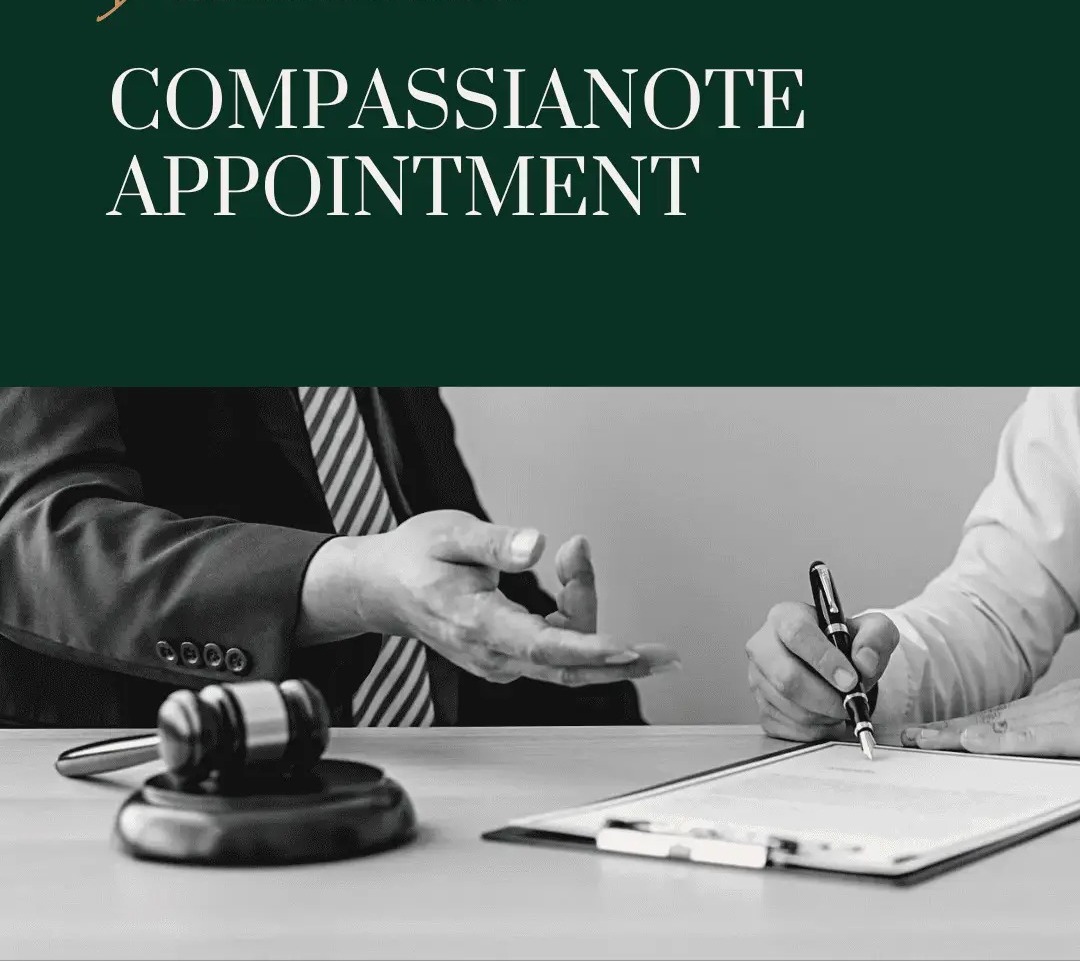Richard Garth, C.J.@mdashThe prisoner in this ease was charged with an attempt to commit forgery, and the facts proved were that he gave orders to the Burdwan Press to print one hundred receipt forms similar to those which were formerly used by the Bengal Coal Company; that he corrected one proof of those forms, and was suggesting further corrections in a second proof in order to assimilate the form to that now used by the Company, when he was arrested by the police. The jury found him guilty of an attempt to commit forgery, "in that he dishonestly and with the intent to commit fraud caused a document to be printed with the intention of making such an addition to it as would make it a false document.
2. Assuming this finding of the jury, as to what the prisoner actually did, to be correct, the question is, whether he could be legally convicted of an attempt to commit forgery? The definition of forgery in Sections 463 and 464 of the Indian Penal Code, so far as it is necessary to refer to it for our present purpose, is as follows:---Section 463 says, "Whoever makes a false document, or part of a document, with intent to commit fraud, commits forgery." And by Section 464 a person is said to "make a false document who dishonestly makes or executes a document, or part of a document, with the intention of causing it to be believed that such document, or part of a document, was made, sealed or signed by or by the authority of a person, by whom, or by whose authority, he knows that it was not made, sealed or signed.
3. Now in this case the jury have not found that the receipt form in itself was a false document. If they had, they must have found the prisoner guilty of forgery, and not of the attempt to commit it. They considered, and rightly considered, as it seams to me, that without the addition of a seal or signature purporting to be the seal or signature of the Bengal Coal Company, the printed form would not be a false document. Their view, as I understand it, was, that the commencing to print or write a document, which, when completed, was intended to be a false document, amounted, if coupled with the intent to defraud, to an attempt to commit forgery.
4. But it has been suggested (sic) the printing and correcting of a form which is intended by addition (sic) which are to be made to it, to be a false document, is in itself the mak(sic) of a part of a false document within the meaning of Section 464, and therefore accounts to forgery. If this were so, it seems to me that the mere printing or writing of a single word upon a piece of paper, however innocent the word might be, would be the making a part of a false document, if it were coupled with an intention to add such other words to it as would make it eventually a false document. In my opinion this is very far from the meaning of Section 464; and I think that such a construction of the section involves a misconception, not only of the word "make," but also of the sense in which the phrase "part of a document" is used in the section.
5. I consider that the "making" of a document, or part of a document, does not mean "writing" or "printing" it, but signing or otherwise executing it; as in legal phrase we speak of "making an indenture" or "making a promissory note," by which is not meant the writing out of the form of the instrument, but the sealing or signing it as a deed or note. The fact that the word "makes" is used in the section in conjunction with the words "signs," "seals" or "executes," or makes any mark "denoting the execution, &c., "seems to me very clearly to denote that this is its true meaning. What constitutes a false document, or part of a document, is not the writing of any number of words which in themselves are innocent, but the affixing the seal or signature of some person to the document, or part of a document, knowing that the seal or signature is not his, and that he gave no authority to affix it. In other words, the falsity consists in the document, or part of a document, being signed or sealed with the name or seal of a person who did not in fact sign or seal it.
6. Referring then again to the finding of the jury, the question in this case seems to be, whether what the prisoner did, amounted to preparation only, or to an actual attempt to commit the offence.
7. In the case of Reg v. Gheeseman (Lee & Cave''s Rep., 145), Lord Blackburn thus defines an attempt to commit a crime. He says:---"There is no doubt a difference between the preparation antecedent to an offence and the actual attempt; but if the actual transaction has commenced, which would have ended in the crime if not interrupted, there is clearly an attempt to commit the crime:" and in M''Pherson''s case (Dears & B., 202), Cockburn, C.J., says:---"The word attempt clearly conveys with it the idea, that if the attempt had succeeded, the offence charged would have been committed. An attempt must be to do that which, if successful, would amount to the felony charged." It seems to me, that this definition of an attempt to commit an offence is a sound one, and applying it to the present case, the question is, whether what the prisoner did amounted to an attempt to make a false document.
8. I have already said that, in my opinion, the printed form was not in itself a false document, and that it would not have become a false document, or part of a document (according to the definition in Section 464), until the seal or signature of the Bengal Goal Company had been forged upon it, so as to make it appear that such seal or signature was that of the Bengal Coal Company. The prisoner, therefore, would not be guilty of the offence of forgery until the printed form had thus been converted into a false document; and for the same reason, I think that he would not be guilty of an attempt to commit forgery until he had done some act towards making one of the forms a false document. If, for instance, he had been caught in the act of writing the name of the Company upon the printed form, and had only completed a single letter of the name, I think that he would have bean guilty of the offence charged, because (to use the words of Lord Blackburn) "the actual transaction you have commenced, which would have ended in the crime of forgery, if not interrupted." But as it was, all that he did consisted in mere preparation for the commission of the crime. He was no more guilty of an attempt to commit forgery in having the forms printed, than he would have been of an attempt to commit burglary by having a false key made of the house where he intended to commit the offence.
9. I think, therefore, that the conviction should be set aside, and the prisoner discharged. He may think himself extremely fortunate that his premature arrest prevented him from completing what he evidently intended.
Prinsep, J.
10. I concur in setting aside the verdict of the jury and the sentence passed on the appellant, because, in my opinion, the acts found by the jury to have been committed do not amount to an attempt, but at most only to a preparation to commit a forgery which might have proceeded no further. I agree in the opinion expressed by the Chief Justice regarding the legal definition of an attempt to commit an offence,---viz., that there must be something "Commenced which would have ended in the crime if not interrupted." The prisoner, must, therefore, be acquitted and released.

